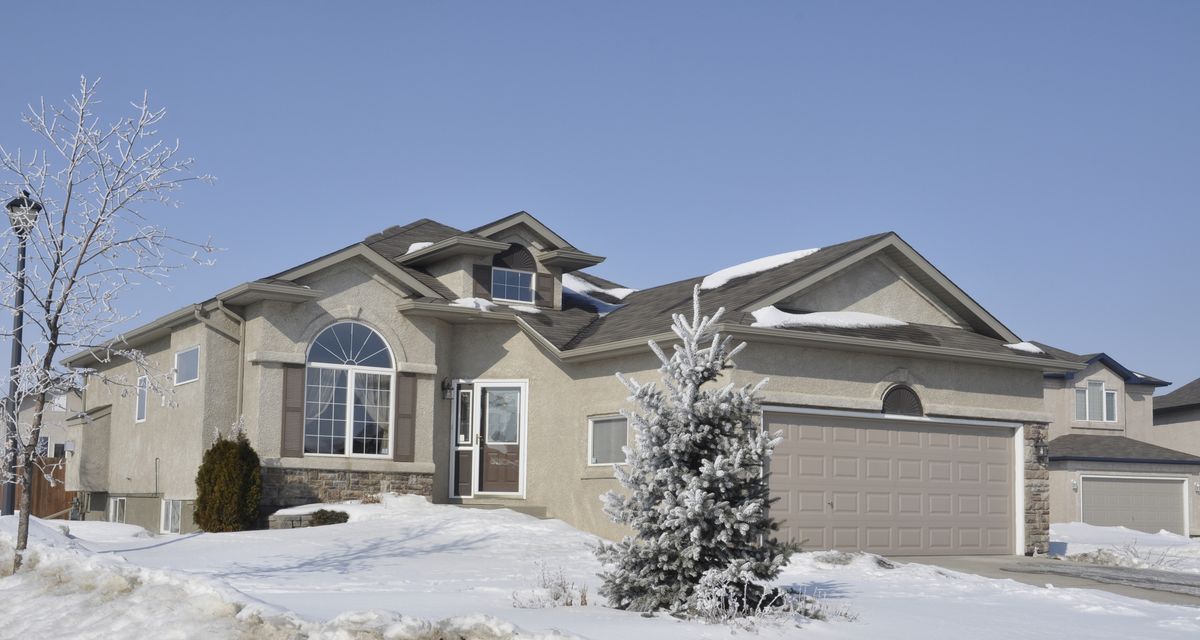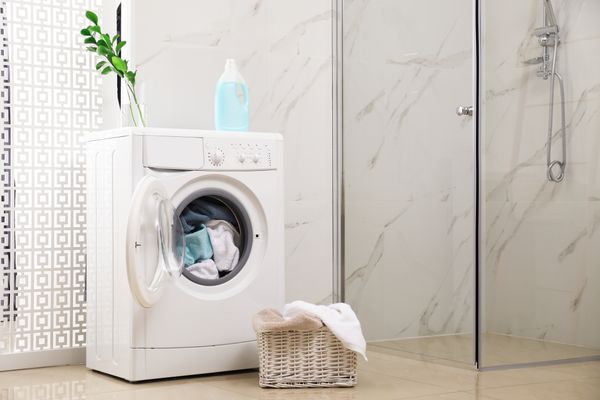Our water restoration team provides an overview of the water categories and explain their potential hazards.

Understanding Different Water Categories: A Guide by Action Restoration and Property Services
Action Restoration
Water damage can occur in various ways, whether it's due to a burst pipe, natural disaster, or faulty appliance. When faced with water damage, it's important to understand the different categories of water involved. Action Restoration and Property Services is committed to helping homeowners and businesses overcome water damage challenges of any water type. In today’s post, our water restoration team provides an overview of the three water categories defined by the Institute of Inspection, Cleaning, and Restoration Certification (IICRC) and explain their potential hazards.
Category 1: Clean Water
Category 1 water is considered the least contaminated type. It originates from a clean source, such as a broken water supply line, faucet, or rainwater. Clean water poses minimal health risks, as it doesn't contain harmful substances or pathogens. However, if left untreated, Category 1 water can become contaminated.
Examples of Category 1 Water Sources:
1. Broken or leaking pipes.
2. Overflowing sinks or bathtubs.
3. Rainwater or snowmelt.
Safety Precautions:
Despite its relatively low risk, it's still essential to address Category 1 water damage promptly. To prevent mold growth, excessive moisture, and further damage, quickly dry and clean affected areas. It's recommended to wear protective gear such as gloves and goggles when handling any water damage situation.

Category 2: Gray Water
Category 2 water, also known as gray water, contains a significant degree of chemical, biological, or physical contaminants that may cause illness or discomfort if ingested or exposed to skin contact. This water category poses a moderate risk to human health.
Examples of Category 2 Water Sources:
1. Washing machine or dishwasher overflows.
2. Toilet bowl overflows (without feces).
3. Sump pump failures.
Safety Precautions:
When dealing with Category 2 water damage, it's important to avoid direct contact without proper protective measures. Wearing disposable gloves and boots is advised. Affected areas should be cleaned, disinfected, and dried thoroughly to restore a healthy environment.
Category 3: Black Water
Category 3 water, commonly referred to as black water, is highly contaminated and poses severe health risks. This water category contains hazardous substances, pathogens, and other toxins. Exposure to Category 3 water should be avoided at all costs, and professional assistance is strongly recommended.
Examples of Category 3 Water Sources:
1. Sewage backup.
2. Floodwater from rivers or streams.
3. Standing water with microbial growth.
Safety Precautions:
In the case of Category 3 water damage, professional restoration services like Action Restoration and Property Services should be immediately contacted. Handling black water without proper training and equipment can lead to serious health complications. Professionals will follow strict protocols to safely remove, clean, and restore affected areas.
Understanding the different categories of water allows homeowners and businesses to assess the severity of water damage and take appropriate actions. While Category 1 water is generally less harmful, prompt mold mitigation and drying efforts are still necessary. However, when dealing with Category 2 or 3 water damage, it's vital to involve professionals to ensure the safety and well-being of all involved. Action Restoration and Property Services is always ready to assist you during challenging times, providing expertise in water damage restoration, mold remediation, and more. When you’re experiencing water damage, connect with your local trusted experts at Action Restoration.
